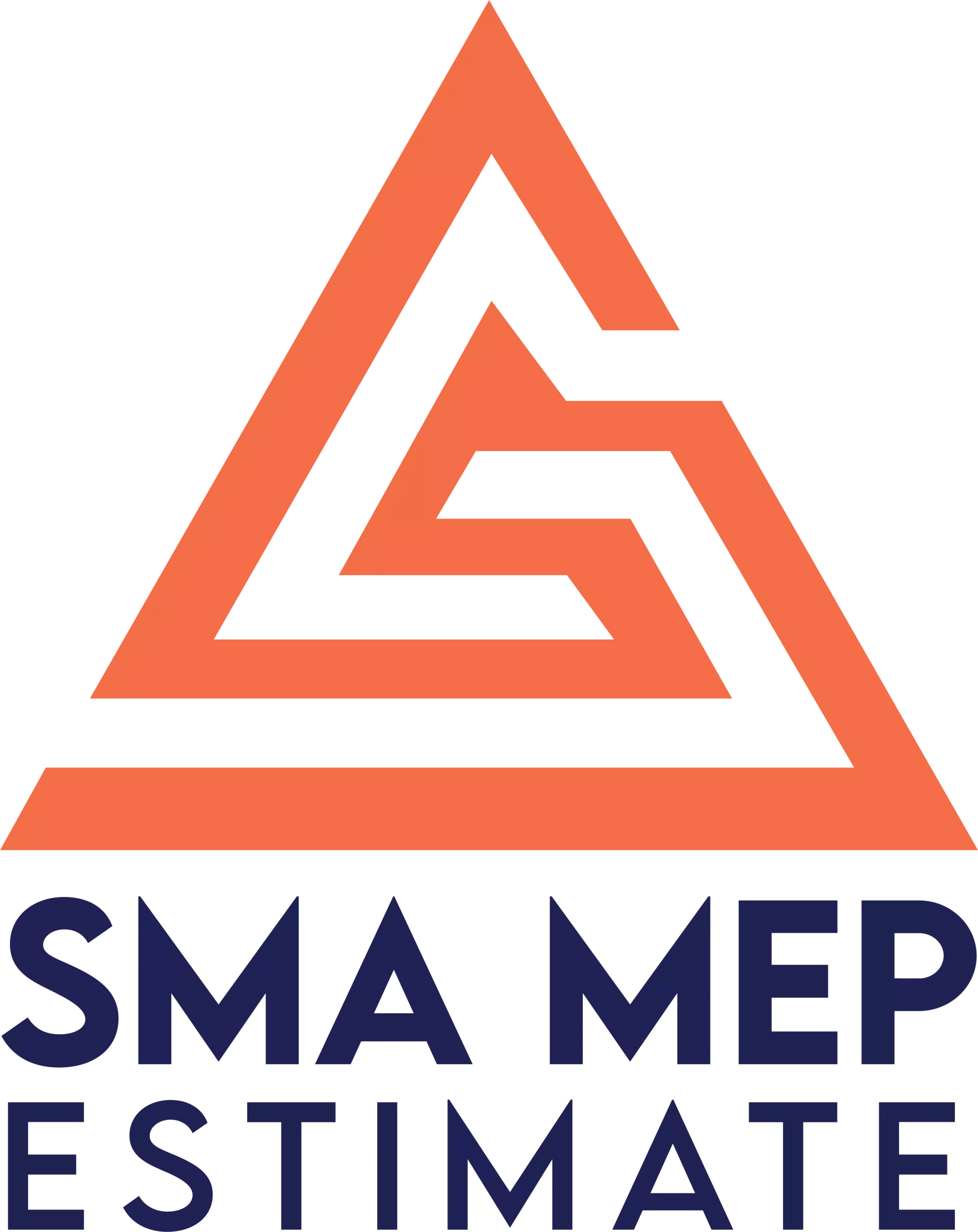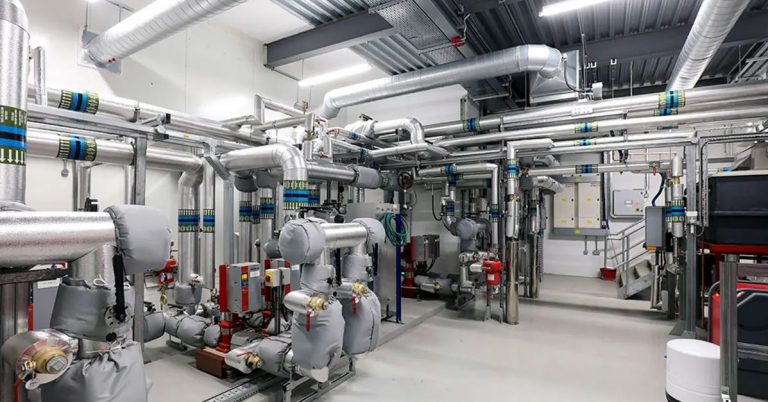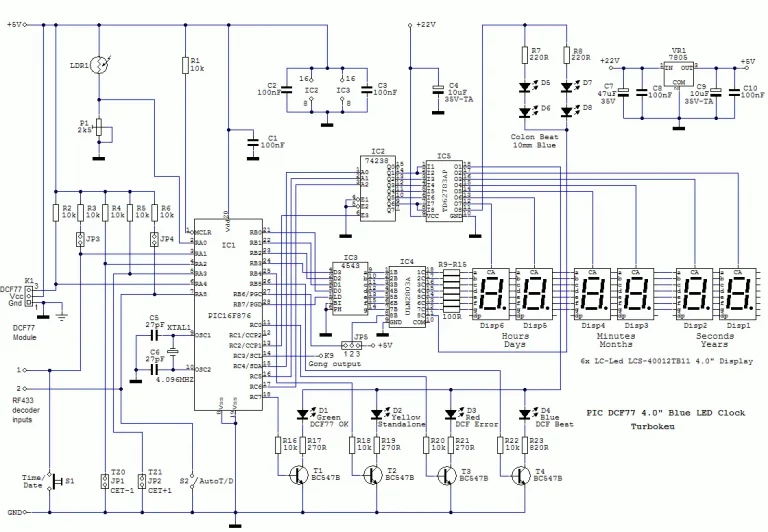How to Perform Construction Cost Estimating: A-Step-by-Step Guide
Are you wondering how to perform the Construction Cost Estimating process precisely? Whether you are an estimator, contractor, or subcontractor, making an accurate budget is a requirement of your job. The construction industry has been developing at a rapid rate. There are new construction methods, architectures, designs, etc. They have made the process of cost estimation tougher. One can no longer rely on past manual methods, as it will lead to inaccuracy. And no client wants an inaccurate budget!
Construction Cost Estimating: A Pivotal Factor for Smooth Projects!
Cost estimation refers to a process in which a professional calculates the predicted expense of a construction project. Making accurate cost projections can be a challenging feat. One can afford to neglect any element as it may upset the budget. In every construction project, cost estimation is a crucial factor. It can boost the construction project in many ways, such as
- Growth in business
- Increased profit margins
- Accurate budget
- Prevention of being over or under-budget
- Risk management
- Improved project transparency
- Better coordination
- Enhanced decision-making skills
Cost estimation is used for every project, whether you are Estimating for Residential construction or industrial ones. So, a professional needs to be adept at creating cost projections.
FOLLOW THIS STEP-BY-STEP GUIDE TO MAKE YOUR CONSTRUCTION COST ESTIMATING PROCESS FLAWLESS SO THAT ACCURATE AND PRECISE COST PROJECTIONS ARE MADE!
How to Make an Estimate for Construction with Accuray?
Accurate estimates can streamline the construction project. Precise estimates not only help you to win bids but also gain a positive reputation. If you are tired of inaccurate estimates, then read the point below. This article will serve as a guide to your estimation process. So, let’s start from the very basics.
Visit the Construction Site Before Construction Cost Estimating
A common mistake cost estimators make is neglecting to visit the construction site. A construction site can reveal a lot about the project. Even if a site visit is not required, you should review it once. Some estimators stick to analyzing the blueprints and structural layout of the construction plan. But instead of just relying on documentation, inspecting the site yields better results. The following are the perks of visiting the construction site
- Create an accurate estimate by taking accurate measurements of each and everything.
- You can also assess the condition of the site.
- Assess various factors that may impact construction costs.
- Awareness of local codes and regulations
- Checking the feasibility of the project
- Assessing the nearby roadways
Calculate Material Cost
The second main step of the construction cost estimating process is to calculate the material cost. The price of materials needs to be as accurate as possible. Several materials go into a construction project, such as
- Concrete
- Cement
- Lumber
- Bricks
- Stones
- Paint
- Drywall
- Metal
The key to precise material estimation is making accurate takeoffs. The quantification of the required material needs to be spot on. Another factor that can influence material cost is the type of material selected. The construction market is full of different ranges of materials. You should be aware of the types available so that a profitable decision is made.
Let’s consider a scenario, where a Commercial Construction Cost Estimator has to make a material budget for a warehouse. Estimators will quantify the material required while analyzing impacting elements such as size and complexity. After selecting the most suitable material, the cost will be calculated.
Evaluate the Cost of Labor During Construction Cost Estimating
Labour is an essential part of every construction project. Do not underestimate labour expenses. Labor is usually charged on a per-hour basis so the cost of labor is generally tied to the time of the project. While calculating the cost of labour, consider the following points.
- The skill of the labour
- Taxes
- Health insurance
- Overtime cost
- Bonuses
- Disability, dental, life, and vision insurance costs
- Training costs
- Food
- Protective gear
- Paid time off
Cost of Equipment Needed for Construction Project
Learning how to estimate equipment costs accurately can save you from headaches. No construction project can go on without proper equipment. Where man’s strength fails, equipment comes in. These machines have made construction more efficient and quicker. For the precise calculation of the cost of equipment, you should consider
- Type of equipment
- Condition
- How old is the machinery
- Ownership costs
- Rental costs
- Any maintenance or repair expense
- Consumption of energy and fuel
- Duration of the project
- Size and complexity of the building
What are the Indirect Costs Impacting Construction?
The above-discussed costs were all direct costs related to the construction project. But what about the indirect expenses? Indirect costs need to be added to the financial plan. To achieve this, you must have adequate knowledge about the construction process and its codes. The following are some of the expenses included in overhead costs
- Insurance
- Taxes
- Utilities
- Temporary site facilities
- Legal fees
- Permits
- Advertising
- Rent
- Office Supplies
- Administrative Expenses
CREATE ACCURATE COST PROJECTIONS BY FOLLOWING THESE GUIDELINES SO YOU CAN WIN MORE BIDS AND GAIN A COMPETITIVE EDGE IN THE CONSTRUCTION INDUSTRY.
Conclusion
Estimating construction costs can be a headache if you don’t know what you are doing. Even an expert may get stuck somewhere. Understand that each construction project is different from one another. This standard procedure is the most efficient one as it covers all aspects. But even after that, you need to possess analytical and problem-solving skills. You can also choose cost-estimating software to increase accuracy. But more importantly, you should never stop learning about the construction process!







